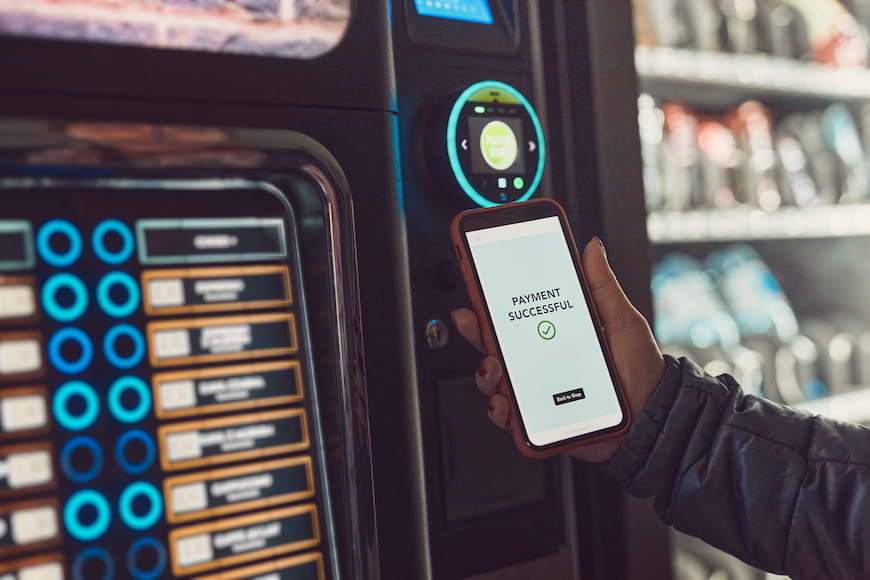Everybody's talking about it. By making a move to a digital strategy, you bring course materials back into the teaching and learning environment, where they belong. Because educators know textbooks should never be something students should worry about.
We caught up with Dominic Broadhurst, Head of Content and Discovery at Salford University, to hear his thoughts and ask him, "What tips do you have for institutions that are looking into implementing a digital program?"
With years of using digital textbooks and leading institutions through periods of change (the University of Manchester to name one) under his belt, Dominic's thoughts are a great resource to help you transition your campus from print to digital.
Take a minute to watch the video below and learn from his expertise.
Whether it's identifying the motivation for transitioning to digital, partnering with academics, or aligning with institutional goals, Dominic is a pro at implementing BibliU's education content platform. Check out his useful tips to get your digital textbook program up and running.
"So the key stakeholder, the main key stakeholder, is the students. Because without them, we wouldn't be doing it in the first place."
The demand for engaging, personalized, and mobile-friendly learning is increasing. Students are digital natives, and they expect the same experience in their studies. Remember, start with your students first.
"It's about making the case to senior management of the university to show how this project meets institutional goals."
Look to your institution's mission statement as reinforcement on how your digital program will support what your institution wants to achieve. It's an excellent guide and useful when determining goals for the program.
"Students couldn't get hold of the books that they wanted at the time they needed them in the form that they wanted, really."
Every institution will have a different motivation for transitioning to digital. For some, it may be the drive to modernize the learning experience, support an increasingly digital-native student cohort, or perhaps improve the learning experience for distance learners. Identifying the core motivation will help to establish champions within the institution.
"You've got to tie in with what they [academics] need and what they want."
Changing the way students access course materials might be viewed as an intrusion into the creative process of faculty members. Being aware and sensitive is a proactive step to ensure you have academic buy-in and help with sharing the benefits of going digital.
Want to learn more? Check out our whitepaper on digital textbook access and Universal Learning.
It’s always nice to kickstart an interview with finding a mutual point of interest beyond the scope of the topic. It’s a great ice breaker. As a bonus, check out where Dominic would love to spend his next family vacation in the video below!

Drawing on insights from Erik Russell of Occidental College on Campus Convos, this blog explores how innovations in auxiliary services reveal a bigger lesson for higher ed: let technology deliver on-demand convenience, while people provide the human touch that makes the student experience truly personal.
.jpg)
Rural community colleges are lifelines opportunity face unique challenges, like broadband gaps and transportation barriers. Based on the Campus Convos episode with Dr. Bryan Newton of Glen Oaks Community College, we're showing how rural colleges are turning obstacles into innovation.